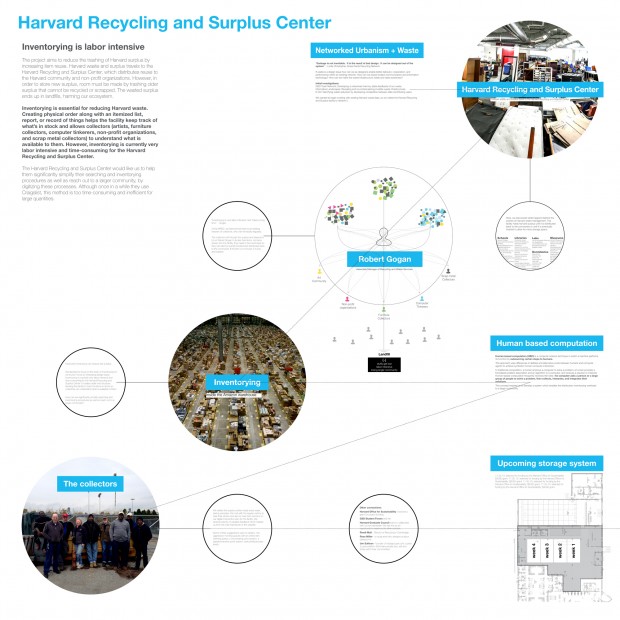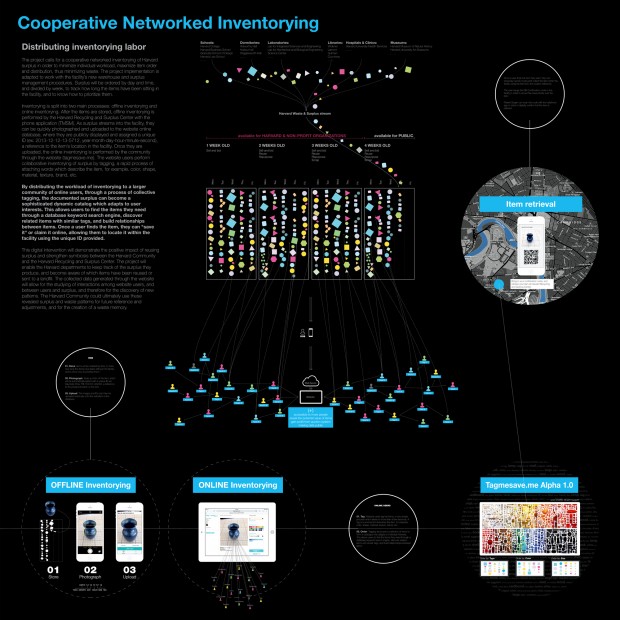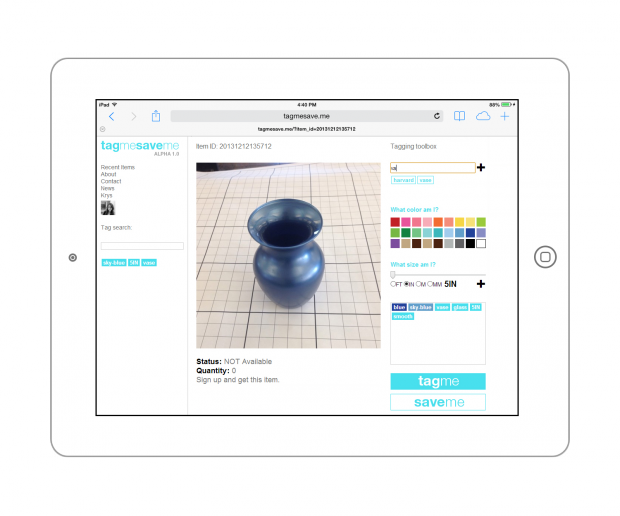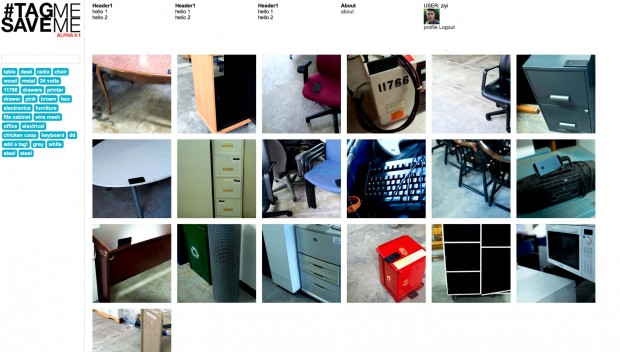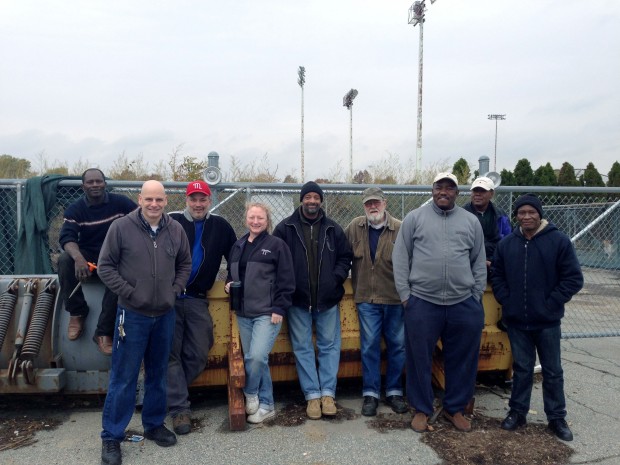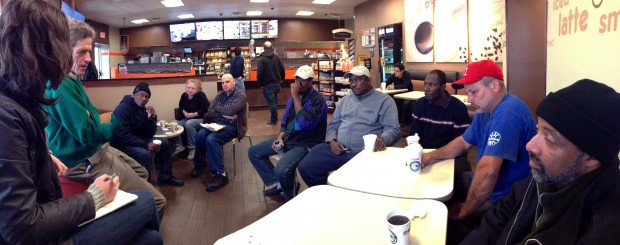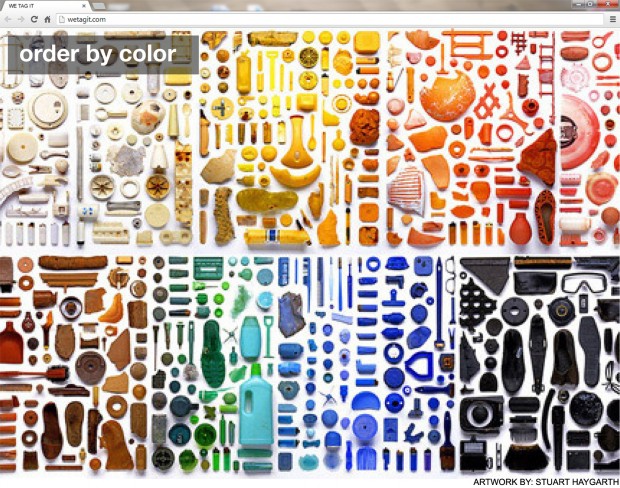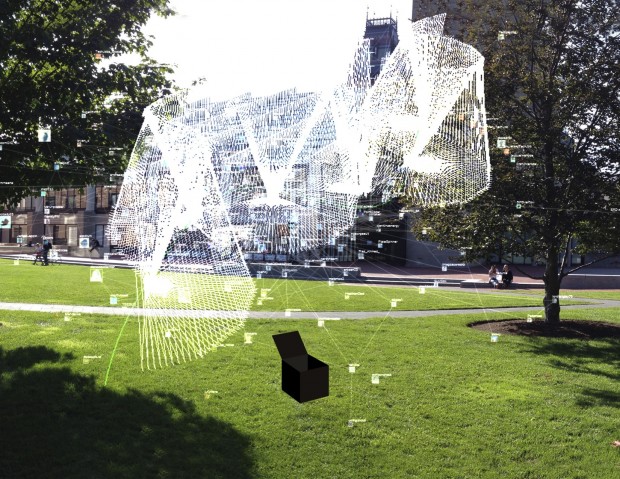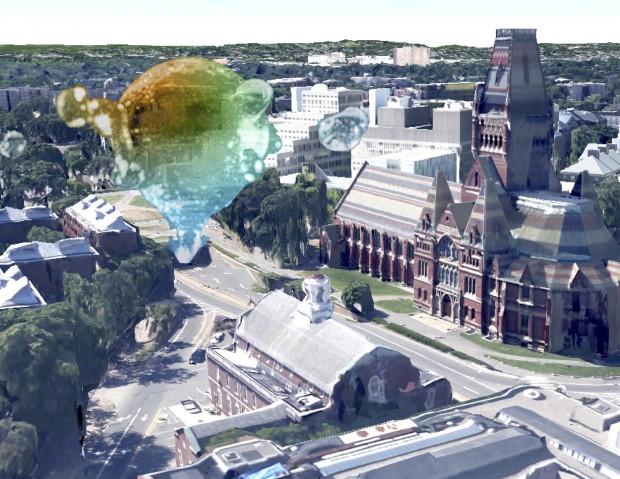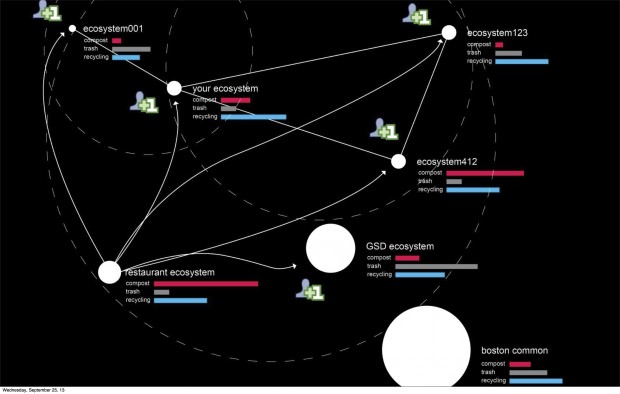Networked Urbanism
design thinking initiatives for a better urban life
apps awareness bahrain bike climate culture Death design digital donations economy education energy extreme Extreme climate funerals georeference GSD Harvard interaction Krystelle mapping market middle east mobility Network networkedurbanism nurra nurraempathy placemaking Public public space resources Responsivedesign social social market Space time time management ucjc visitor void waste water Ziyi
Ziyi
The project aims to reduce the trashing of Harvard surplus by increasing item reuse. Harvard waste and surplus travels to the Harvard Recycling and Surplus Center, which distributes reuse to the Harvard community and non-profit organizations. However, in order to store new surplus, room must be made by trashing older surplus that cannot be recycled or scrapped. The wasted surplus ends up in landfills, harming our ecosystem.
Inventorying is essential for reducing Harvard waste. Creating physical order along with an itemized list, report, or record of things helps the facility keep track of what’s in stock and allows collectors (artists, furniture collectors, computer tinkerers, non-profit organizations, and scrap metal collectors) to understand what is available to them. However, inventorying is currently very labor intensive and time-consuming for the Harvard Recycling and Surplus Center.
“Inventorying is very labor intensive” and “takes a long time”. – Rober Gogan, Associate Manager of Recycling and Waste Services.
The Harvard Recycling and Surplus Center would like us to help them significantly simplify their searching and inventorying procedures as well as reach out to a larger community, by digitizing these processes. Although once in a while they use Craigslist, this method is too time-consuming and inefficient for large quantities.
The project calls for a cooperative networked inventorying of Harvard surplus in order to minimize individual workload, maximize item order and distribution, thus minimizing waste. The project implementation is adapted to work with the facility’s new warehouse and surplus management procedures. Surplus will be ordered by day and time, and divided by week, to track how long the items have been sitting in the facility, and to know how to prioritize them.
Inventorying is split into two main processes: offline inventorying and online inventorying. After the items are stored, offline inventorying is performed by the Harvard Recycling and Surplus Center with the phone application (TMSM). As surplus streams into the facility, they can be quickly photographed and uploaded to the website online database, where they are publicly displayed and assigned a unique ID (ex: 2013-12-12-13-5712, year-month-day-hour-minute-second), a reference to the item’s location in the facility. Once they are uploaded, the online inventorying is performed by the community through the website (tagmesave.me). The website users perform collaborative inventorying of surplus by tagging, a rapid process of attaching words which describe the item, for example, color, shape, material, texture, brand, etc.
By distributing the workload of inventorying to a larger community of online users, through a process of collective tagging, the documented surplus can become a sophisticated dynamic catalog which adapts to user interests. This allows users to find the items they need through a database keyword search engine, discover related items with similar tags, and build relationships between items. Once a user finds the item, they can “save it” or claim it online, allowing them to locate it within the facility using the unique ID provided.
This digital intervention will demonstrate the positive impact of reusing surplus and strengthen symbiosis between the Harvard Community and the Harvard Recycling and Surplus Center. The project will enable the Harvard departments to keep track of the surplus they produce, and become aware of which items have been reused or sent to a landfill. The collected data generated through the website will allow for the studying of interactions among website users, and between users and surplus, and therefore for the discovery of new patterns. The Harvard Community could ultimately use these revealed surplus and waste patterns for future reference and adjustments, and for the creation of a waste memory.
TAGMESAVE.ME
Finally, we announced our website to Harvard GSD students with a small amount of items for testing.
We got 100+ visitors and 100+ tags in the first night. And the feedbacks is positive, people just like tag and get Harvard surplus items.
We received Harvard Sustainability Grant at the beginning of this mouth, which help us to afford the server and device expense.
Website and IOS App are still underdevelopment, we have workable prototype now. Include: tag system, login and register system, items scanner.
We met with collectors who come to Harvard Surplus Center every week, and presented our new plan for this facility.
We got a lot of useful suggestions and proposals which help us to create basic functions and build the frame of our website.
Midreview documents:
Midreview Presentation by networkedurbanism
We applied the Harvard Student Sustainability Grant Program at this week. See below for the detail of this program:
“The Harvard Student Sustainability Grant Program provides seed funding to graduate and undergraduate students/student groups for environmental projects that contribute to Harvard’s campus sustainability goals. Areas of sustainable focus include: energy reduction, waste and resource reduction, community awareness, health, and research to inform policy. “
Project proposal and work plan are submitted.
Smart Surplus Inventorying by networkedurbanism
Distributed Human Based Computation
Krystelle Denis | Ziyi Zhang
Informative Landscape
Informative Landscape by networkedurbanism
Krystelle Denis | Ziyi Zhang
E-CO
An augmented reality waste ecosystem.
Krystelle Denis | Ziyi Zhang
1 2 Next »
